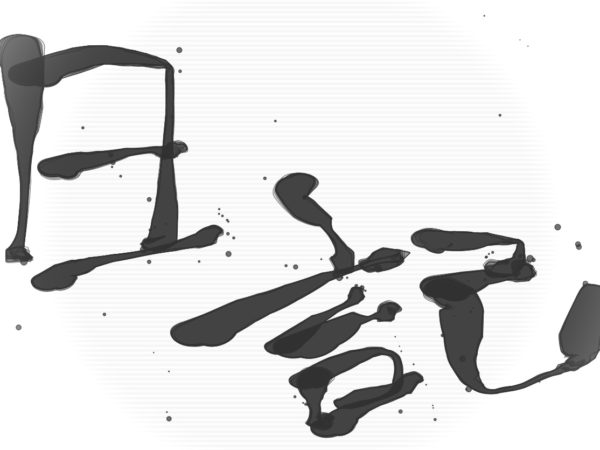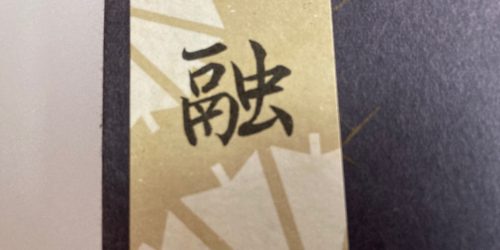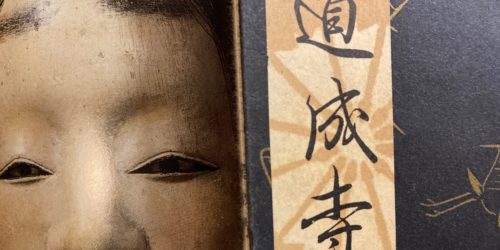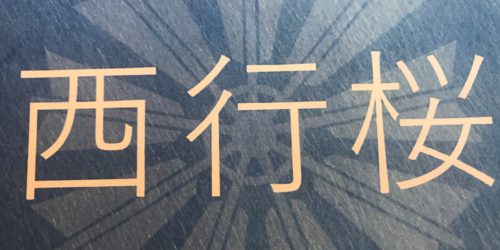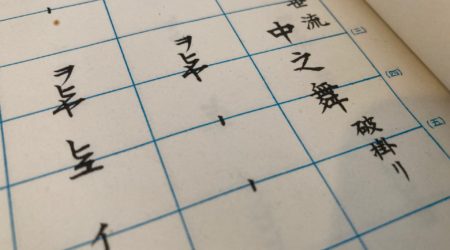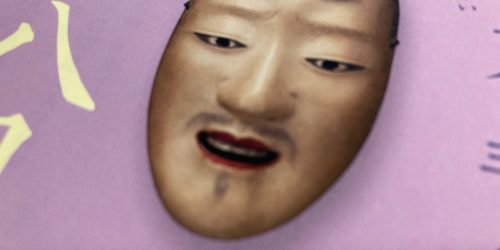The charm of Wa-toji style
These are my Noh chant books called, Utai-bon.
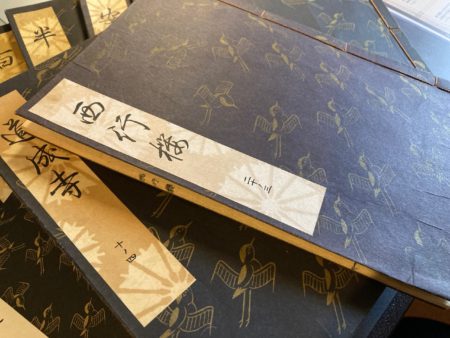
Today, most books in Japan are bound using a Western-style binding machine.
But Utai-bon is bounded in the traditional Japanese style called, Wa-toji.
In addition, it is done by hand.
Utai-bon is essential for me because I often go to see Noh plays.
Because of that, I can grasp the content of a Noh play from the view point of a Noh actor.
So, I’m familiar with Wa-toji style, but most Japanese people have never touched such books made in the Wa-toji style.
I will write the charm of Wa-toji style.
“Wa” means “Japanese”, and “toji” means “binding”.
Wa-toji style is a hand sewing method for bookbinding.
Its stitching is really characteristic, and that is clear at a glance.
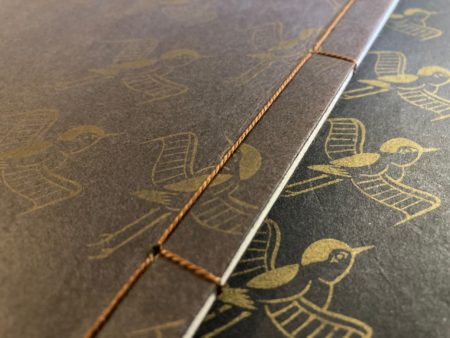
A silk thread is used for it.
The silk thread is soaked in glue for a few days in advance.
Because of that, the color of the silk thread comes out and becomes strong.
There are some sewing methods used in the Wa-toji style.
In the case of a Noh chant book, “Yotsume-toji” is the most popular method.
Simple and rugged stitching is produced by the careful handwork of a craftsman.
Traditional Japanese handmade paper called Washi, is used in Wa-toji style.
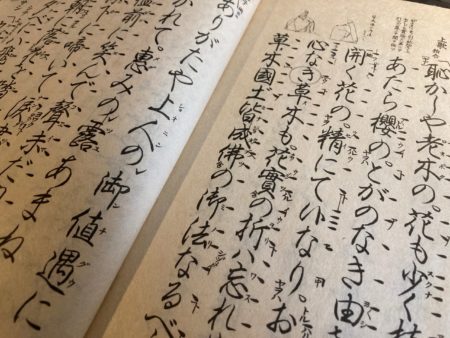
A book bound in Wa-toji style feels soft.
It is wonderful to touch, and I love it.
Further more, it doesn’t change much, so it is suitable for long-term storage.
As Watoji-style is mainly done by hand, it is more expensive than an ordinary book.
Today, the electronic book market is booming. But an electronic book doesn’t suit me.
I love the feeling and smell of the paper when I turn a page. So the content of a book isn’t the only important thing for me.
